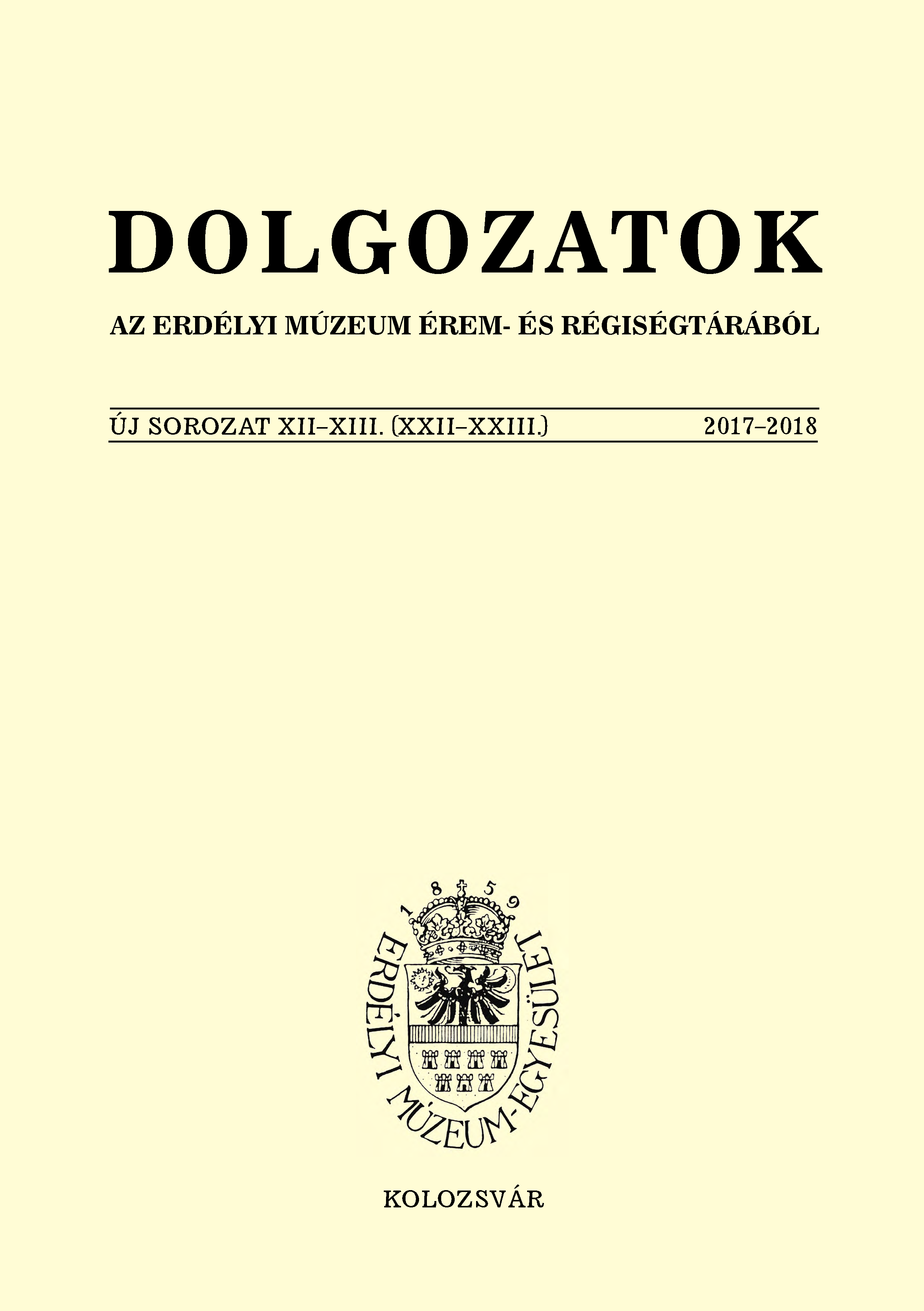„...a kolozsvári hagyományok alapján....” Buday Árpád, a szegedi Archaeologiai Intézet alapítója
“...following the Kolozsvár traditions...” Árpád Buday, the founder of the Szeged Archaeological Institute
Author(s): Katalin Pintér-NagySubject(s): Archaeology, Cultural history, Interwar Period (1920 - 1939)
Published by: Erdélyi Múzeum-Egyesület
Keywords: Árpád Buday; János Banner; Szeged; Institute of Archaeology; archaeology school of Szeged
Summary/Abstract: In May 1924, Árpád Buday was appointed the head of the Archaeological Institute of the University of Szeged resettled from Kolozsvár/Cluj. This institute has existed before, at least namely. Its actual employee at that time was assistant professor János Banner. Similarly to the earlier archaeological institute of Cluj, the one in Szeged provided a supplementary archaeological education for future teachers. That is to say, actually there was no training for archaeologists, but those outstandingly interested in archaeology, the students of the institute could become committed specialists. Transylvania, Árpád Buday’s home country was ideal terrain for his research interests (e.g. excavations in Porolissum, investigation of the limes, etc.). Szeged, the former Partiscon lying in the Barbaricum, on the other side of the Roman limes proved to be the worst choice from this point of view. So, Buday considered his main task to provide the best possible financial and infrastructural background for the high-standard education and research in the Szeged institute. He played an important role in its acquisition and organization. Supported by his authority and Cluj experiences he established the operation of the institute (rooms, staff, library, and archaeological collection). Soon after the re-establishment of the Archaeological Institute in Szeged, already a year later, in 1925, journal “Dolgozatok” (Studies) modeling the one edited in Cluj, was published. The institute became active in the archaeological investigation of the South Great Plain. As a member of the Great Plain Commission founded in 1927, Buday wrote the archaeological program of the regions. He also played an important role in the public life of the university. After his move to Szeged, he had a number of university positions. Among others, in the academic year 1931–1932 he was the dean of the Faculty of Arts. Buday’s versatility is shown by the outstanding energy he devoted to his leading functions in the university and public activities. Besides these, he founded the Archaeological Institute of Szeged practically out of nothing. János Banner became his proper successor, who continued Árpád Buday’s work, the result of which by the late 1930s was an archaeological institute of outstanding value on European level.
Journal: Dolgozatok az Erdélyi Múzeum Érem- és Régiségtárából. Új sorozat
- Issue Year: 2018
- Issue No: XII-XIII
- Page Range: 101-125
- Page Count: 25
- Language: Hungarian

